What We Do
Capabilities
M9 Solutions delivers high-quality IT services and workforce solutions to over 35 federal agencies. As a trusted subcontractor to more than a dozen leading federal prime contractors, we have a proven track record of supplying cleared, mission-ready talent to support critical government initiatives.
Our success is built on a fully vetted talent pipeline, an industry-leading referral network, and a streamlined recruiting process that accelerates time-to-fill without compromising quality. M9 consistently provides the specialized expertise required to help our clients meet their most demanding objectives—on time and within scope. Our capabilities include:
IT Talent Solutions
At M9 Solutions, we believe mission success is driven by both technical excellence and team continuity—so we invest in our people to accelerate results and deliver sustained, high-impact performance from day one. Your Mission, Our People – Results Delivered.
Data Science
With our technical competence and expertise, we specialize in the consolidation, analysis, and interpretation of diverse datasets for our customers. Our services encompass data access, visualization, and advanced analytics, all tailored to meet the unique needs of the federal government.
Cloud Migration, Applications, and Infrastructure
Software Development
Cybersecurity
Finance and Accounting
With our technical competence and expertise, we specialize in advanced financial management, audit readiness, and accounting support..
Digital Transformation
Mentor/Protégés and Joint Venture Partnerships

Established 2022
Silver9 was formed under a Small Business Administration Mentor-Protégé agreement within the SBA All-Small Mentor-Protégé Program. Silver9 can receive SDVOSB sole source awards and is CVE Certified.
SILVERWAKE was founded in 2020 during the global COVID-19 Pandemic, inspired by the unprecedented need for IT modernization and the deployment of advanced technology within the federal government.
Founded by a combat Veteran of the US Armed Forces, SILVERWAKE leads with experienced digital and advanced technology professionals from both commercial and federal sectors.
M9 Solutions and SILVERWAKE are committed to supporting our partners and clients with the enthusiasm and excellence they’ve come to expect from both companies.
Customers & Industries
National Security & Foreign Affairs
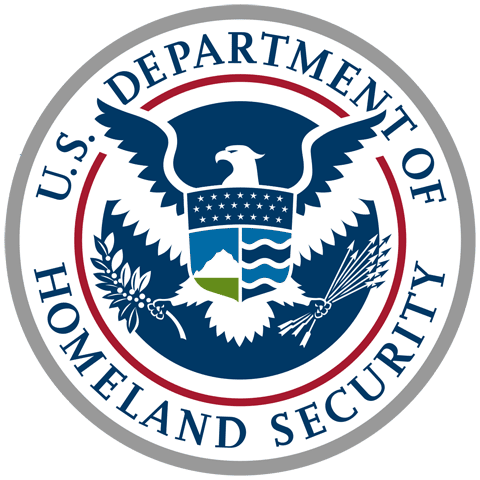
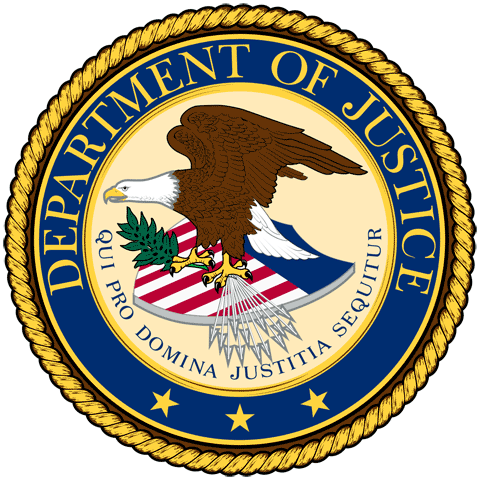
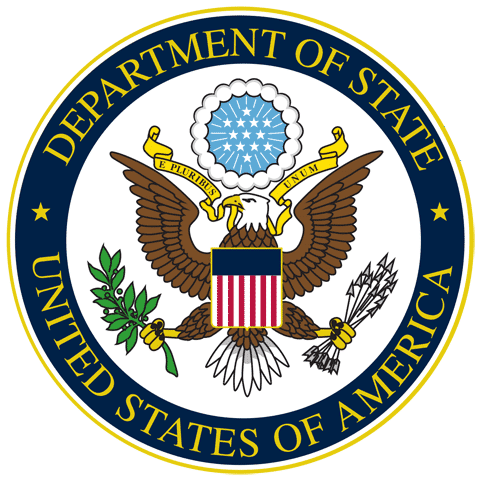

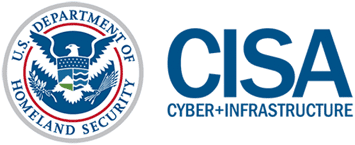



Civilian
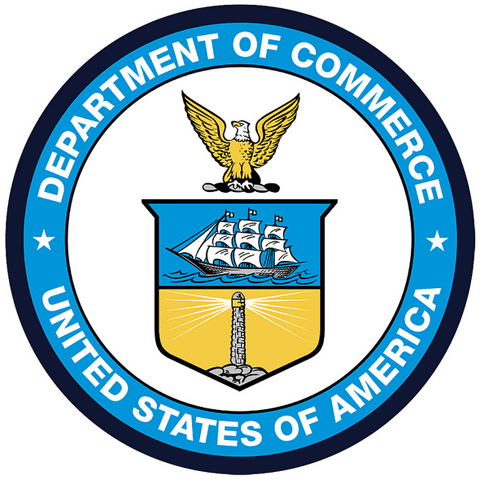
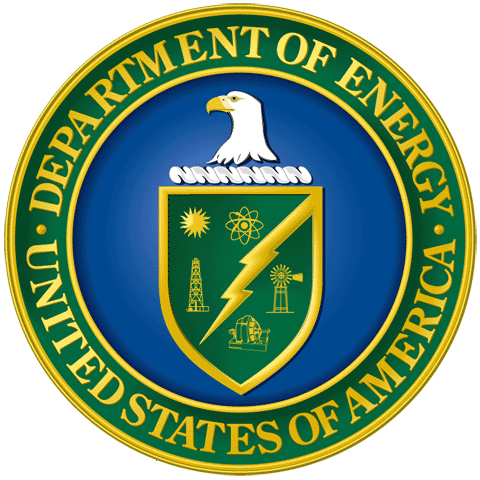


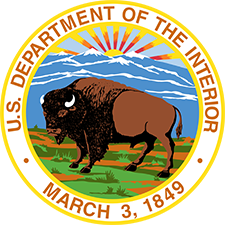


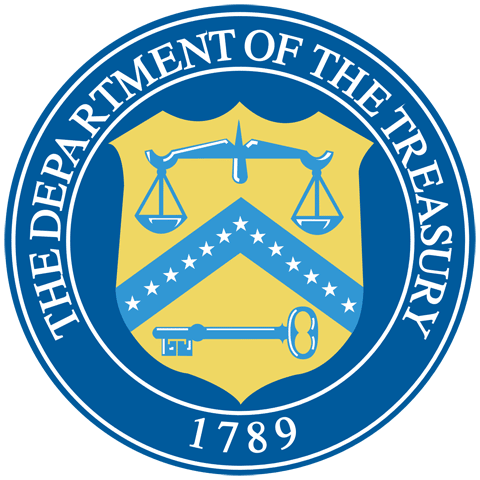
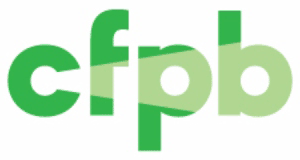

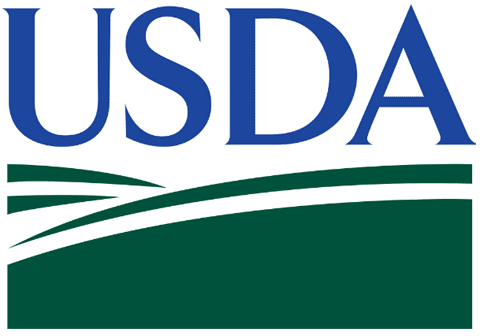

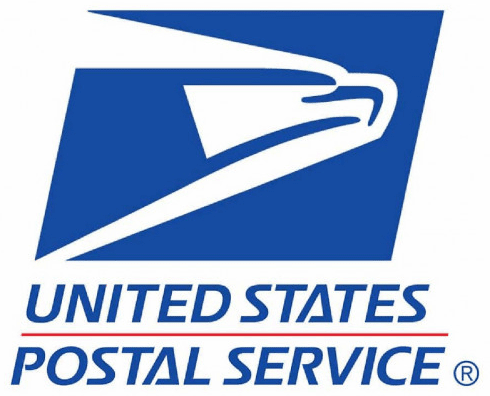
Defense

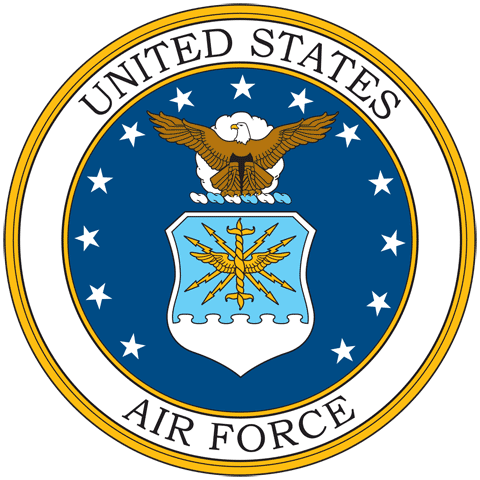


Federal Health

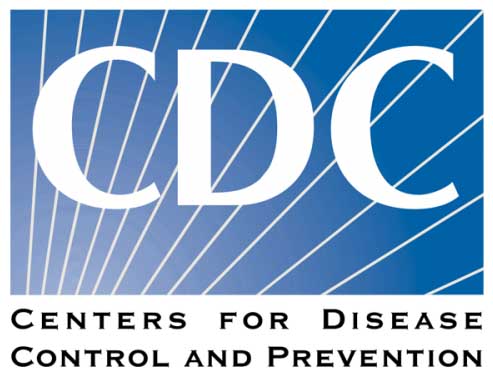

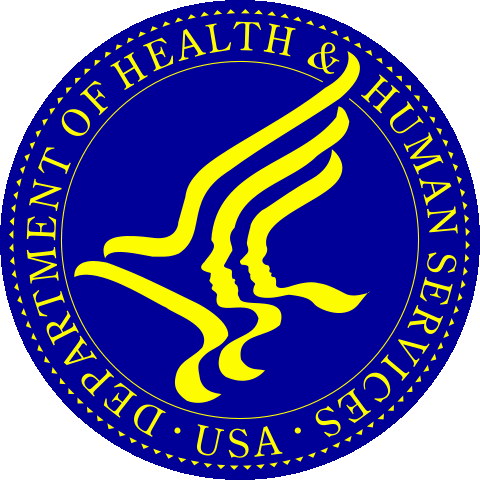

Technology Partnerships
Technology is fast and frequently changing. We work with the best and brightest that are at the forefront of transforming how the Federal Government does business.
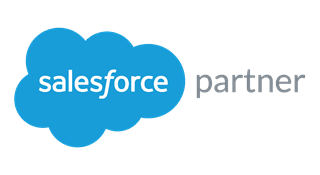
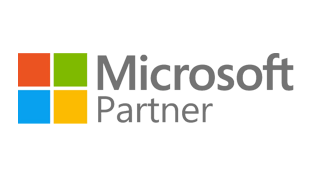


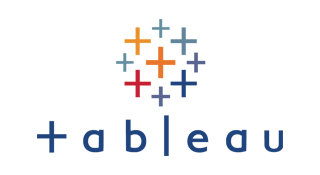


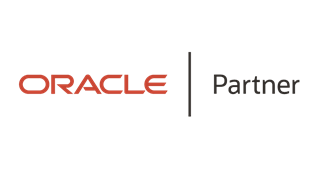
Contract Vehicles
PRIME
Subcontractor
M9 Case Studies
M9’s Agile Software Development and Integration Efforts Transform Federal Government Assistance to the U.S. Agricultural Production Community
The Challenge
M9’s federal customer plays a crucial role in supporting American farmers and ranchers by implementing and overseeing initiatives designed to mitigate risk through lending; crop insurance; and conservation, disaster, and farm safety net programs. However, the employee and end customer experiences were fragmented and cumbersome: information and application forms were scattered across seven disparate digital platforms and more than 150 federal Web resources, creating unnecessary complexity and an overreliance on paper forms. Recognizing the need for an integrated and modernized solution, the customer sought a technology partner capable of delivering a responsive platform that would enhance the delivery of timely and meaningful assistance to the nation’s farming community via farmer-focused content, interactive tools, and a streamlined business data dashboard.
The M9 Solution
In partnership with our large business prime contractor, M9 traveled to customer field offices throughout the country to conduct a series of workshops with federal employees and end users. Through these engagements we analyzed the user experience, meticulously documenting the current state and envisioning the desired future state solution. Guided by human-centered design principles, the M9 team then developed the intuitive user experience and service blueprints that would drive our solution.
Leveraging the industry-leading Salesforce cloud application platform, M9 consolidated the customer’s existing resources into a comprehensive, all-in-one accessible platform. This complex consolidation involved the integration of numerous customer interfaces, servers, and databases—including the Crop Acreage Reporting System (CARS), Farm Records Database, Document Management server, and SAP—along with a vast amount of farmer data and records. Through our technical expertise and innovative approaches, we transformed the scattered digital landscape into a mobile-friendly, interactive portal.
But our accomplishments didn’t end there. M9 also developed cutting-edge software that enabled farmers to apply for and receive compensation for crops that became unsalable; participated in a groundbreaking pilot program that allowed farmers to view interactive maps of their farmland and report crop plantings to qualify for crop insurance, disaster compensation, and the Market Facilitation Program; and seamlessly integrated an automated payment interface, along with automated alerts and notifications, to streamline the assistance process for farmers. Additionally, M9 led the enhancement of the disaster relief compensation application, ensuring farmers receive the support they need efficiently and effectively. To ensure ongoing support and maintenance, M9 provides 24/7 critical helpdesk assistance for federal employee platform users.
The Impact
Today, the M9-developed cloud software platform is a large transactional portal used daily by the customer’s 50,000 federal employees as well as hundreds of thousands of farmers and ranchers. The platform serves as a streamlined gateway enabling access to critical information and resources, and offers key functionalities to include form submission, live status checks, and application processes for various insurance and assistance programs. M9’s successful integration efforts have resulted in a robust database containing billions of data points on every farm, field, and crop planted across the county for the last 50 years.
Additionally, M9’s conversion of the platform from full-license to platform-license processing, completed in a remarkable three-month timeframe, led to drastic cost reduction for the federal customer. The transformation has resulted in annual savings of tens of millions of dollars in licensing costs, effectively optimizing resources while delivering enhanced services.
Safeguarding the American Public: Revolutionizing Technology Infrastructure to Mitigate Terrorist Threats
The Challenge
Each day, more than 300 million people rely on U.S. public transportation, making it crucial to identify and preempt potential terrorist threats against our transit systems. The federal government’s Technology Infrastructure Modernization (TIM) system aims to identify and mitigate potential terrorist attacks using biometric vetting and advanced threat assessment methodologies to uncover unauthorized individuals seeking access to the nation’s transportation systems. The TIM system provides an integrated, end-to-end solution to manage identities, credentials, and assessment results for U.S. transportation workers and travelers.
However, the migration, modernization, and maintenance of the TIM system pose significant challenges due to the massive volume and complexity of ingested data. With millions of data points collected from over 400 application centers nationwide, accurate receipt, processing, and handling are paramount, as the safety of U.S. travelers and the public are at stake.
The M9 Solution
In partnership with our federal prime customer, the M9 team provided expert assistance in the migration, modernization, and maintenance of the TIM system, ensuring the highest levels of data integrity and system performance. Our comprehensive solution encompassed cloud services, software development, data delivery, and data analytics, all tailored to support the specific requirements of the TIM system. Key highlights of our approach included:
Agile Design and Development: M9 adopted the SAFe 4.0 framework to deliver modern digital services using DevOps techniques. This agile approach enabled us to rapidly respond to evolving requirements, ensuring continuous integration and deployment through automated testing frameworks. Our team prioritized collaboration and responsiveness to deliver optimal results.
Efficient Data Migration Strategies: M9 developed and executed meticulous data migration strategies and plans, ensuring seamless transition and continuity of operations. We provided management and coordination support for the system’s transition to the Data Center Cloud, enhancing cross-utilization of databases and facilitating interagency information sharing.
Cutting-Edge Technology Stack: Leveraging modern technology stacks, M9’s team conducted user research, experience design, service design, and code development. This approach enabled us to define, author, and deliver application code that meets the specific needs of the TIM system. We embraced the latest industry tools and frameworks to ensure efficiency and maintainability.
Comprehensive Support and Maintenance: Our subject matter experts assumed responsibility for the initial transition, continuous evolution, and routine maintenance of the TIM system. This encompassed planning, schedule and release velocity tracking, cost control, risk mitigation, and configuration and quality metric controls. M9 provided effective support for all aspects of the system, including software, hardware, network infrastructure, configuration management, inventory management, and network management.
Automated Testing and Quality Assurance: To guarantee functionality and quality, M9 conducted rigorous automated testing throughout the development lifecycle. We created and maintained an automated test suite, enabling automated testing on user stories and ongoing regression testing. This meticulous approach ensured the reliability and effectiveness of the overall system.
The Impact
M9’s expertise and services were instrumental in the successful migration and modernization of the TIM system, including its transition to the Data Center Cloud, which enhances database cross-utilization and interagency information sharing.
The modernized, cloud-based TIM system now serves as a critical and effective tool utilized by the federal government to safeguard public safety. By conducting security threat assessments (STAs) and preventing terrorist attacks on U.S. soil, the TIM system plays a pivotal role in protecting the American public.
Comprehensive Cybersecurity Service Delivery in Support of Federal Agency-Wide IT Infrastructure Modernization
The Challenge
M9’s federal customer required industry expertise with its mission-critical goal of improving IT flexibility and reducing redundant infrastructure and commodity services while strengthening the overall security of its IT environment. Toward this end, the customer sought assistance in supporting an agency-wide initiative to modernize its IT infrastructure by migrating from an on-prem services model to a secure, FedRAMP-certified, cloud-based IT services model.
The M9 Solution
M9 worked collaboratively with our industry prime partner to provide expert guidance, assistance, and cost-effective solutions based on current market and technical knowledge, experience, and cybersecurity best practices. M9’s efforts on this project included:
- Utilizing the National Institute of Standards and Technology (NIST) Risk Management Framework (RMF) to assess cybersecurity controls and processes to support effective analysis and technical review of headquarters and field site operational IT systems
- Ensuring compliance with NIST 800-53 controls and the agency’s Program Cyber Security Plan (PCSP) requirements and monitoring, addressing, and documenting cloud infrastructure vulnerabilities
- Managing the information security program, to include systems such as: stand-alone and network National Security Systems (NSS), General Support Systems (GSS) and associated subordinate system boundaries, Industrial Control Systems (ICS) and Supervisory Control and Data Acquisition (SCADA) systems, Industrial Monitoring Systems, wireless systems and networks, and other IT systems
- Conducting regular on-site penetration test meetings to determine testing parameters and timelines and perform external network testing, vulnerability reviews, and configuration
- Providing operational cybersecurity centralized monitoring support, to include penetration testing and systems tests; and field site support, including the oversight and assessment of site operation IT systems, cyber monitoring and analysis, and capability gap analysis
- Providing reports to federal customer sites with recommendations for leading-edge monitoring technologies and security control improvements
- Aiding the agency’s overarching cybersecurity mission via trend antivirus analysis, vulnerability scans, development and production server back-ups, server and firmware patching and updates in line with agency security controls
The Impact
M9 successfully accelerated modernization for this large federal agency utilizing innovative approaches, new models, and emerging technologies to put the agency’s end user customers at the center and ensure effective security control improvements and operational cybersecurity centralized monitoring support.
Combating Sophisticated Cybersecurity Attacks that Pose a Significant Threat to National Security
The Challenge
No threat facing U.S. interests today has grown faster, or in a manner more difficult to comprehend, than the danger from cyberattacks. Sophisticated cyber actors and nation-states are constantly developing and refining capabilities that exploit information security vulnerabilities to threaten, disrupt, and destroy the delivery of essential public services. Defending against these attacks is crucial to maintaining the nation’s security.
The federal government’s Continuous Diagnostics and Mitigation (CDM) Program was established to fortify the cybersecurity of government networks and systems and assist participating agencies in improving their security posture by providing risk-based, consistent, and cost-effective cybersecurity solutions to protect federal civilian networks across all organizational tiers. The CDM Program enables federal departments and agencies, along with state, local, regional, and tribal governments, to further automate their existing continuous network monitoring capabilities, analyze critical cybersecurity-related information, and enhance risk-based decision making at the agency and federal enterprise level. In an environment in which cyberattack threats are constantly growing and evolving, with ever more sophisticated nefarious actors who seek to harm U.S. security interests and threaten public safety, it is critical that industry rise to meet the government’s need to continuously innovate ways to safeguard and secure cyberspace—and working with the tool sets that are responsible for defending U.S. federal IT networks from cybersecurity threats leaves no room for error.
The M9 Solution
M9 was engaged by our large business prime partner to perform cybersecurity and cloud migration, applications, and infrastructure services on the CDM Program in support of a U.S. federal executive department responsible for public safety.
Cybersecurity: M9 IT experts developed numerous tool sets for the U.S. departmental customer to deploy. We developed a key component that monitors data, vulnerabilities, and matches to produce a scoring system, and also process the data ingested into systems that then produce critical dashboards to inform decision-making by U.S. leadership. Our services ensured compliance with various required standards including NIST 800-53, NIST 801-71, and ISO 27001, and our team strictly adhered to DISA Security Technical Implementation Guide (STIG) security checklists to ensure cloud systems and/or physical environments are STIG-compliant. Further, M9 provided cybersecurity architecture support and developed technical solutions using a host of cybersecurity tools (e.g., Forescout, Tanium), and performed Splunk and Identity Access Management (IAM) engineering using CyberArk, CA-PAM, and SailPoint.
Cloud Migration, Applications & Infrastructure: M9’s Cloud Engineering and Mission Assurance Team support cloud application development, utilizing Azure Privilege Identity Management to manage, control, and monitor access to important customer resources, and leveraging Agile methodologies to achieve the Program’s objective of a strengthened security posture for government networks. Along with the cloud migration, M9 focused heavily on developing documentation to provide evidence of compliance with NIST standards.
The Impact
M9’s continual and dynamic investment into the CDM Program allows the federal government to better address the ever-growing threat of cyberattacks and secure the country’s diverse cyber networks, and our important work on the Program continues. In upcoming production and future cloud development, M9’s team will develop and implement multi-factor authentication, PIV card services, and physical tokens to secure access for individuals as part of Identity and Access Management services. This will be used by the federal departmental customer along with all smaller agencies, with the goal of having a fully secure, accessible federal dashboard.
Currently, a majority of the customer’s resources are located onsite in data centers. M9’s cloud migration services are critical for the future of the CDM Program and for our federal customer to create a more flexible and scalable environment, no longer needing to rely solely on the physical environment.
End-to-end Software Development and Cybersecurity Services Revolutionizes the U.S. Federal Government Taxpayer Database
The Challenge
In 2020, U.S. taxpayers filed a staggering volume of more than 150 million tax returns, reporting earnings of nearly $12.5 trillion in adjusted gross income and approximately $1.7 trillion in individual income taxes paid. At the heart of this critical economic activity, M9’s federal customer database engine serves as the technological backbone. This massive system houses all individual taxpayer accounts and contains a vast amount of personally identifiable information (PII), including social security numbers, addresses, phone numbers, and financial account details for all individual taxpayers. The federal customer recognized the need for industry expertise to modernize individual tax accounting processes and replace outdated application processing systems responsible for processing millions of taxpayers’ information—a transformation which impacts every single U.S. taxpayer and therefore demands meticulous attention to detail.
Undertaking the conversion of legacy code in this complex system is an enormous endeavor, requiring multiple years of meticulous design, development, and testing before reaching the production stage. And the risks could not be higher: from safeguarding highly sensitive U.S. taxpayer information to ensuring the government’s ability to validate taxpayer inputs and collect taxes that fuel public spending, any misstep could have disastrous for national security, public safety, and the proper functioning of the U.S. economy.
The M9 Solution
M9, in collaboration with our federal prime partner, has been entrusted with providing end-to-end software development services for the customer database engine. Our expertise spans the entire development lifecycle, encompassing design, configuration, customization, development, integration, and implementation of advanced data analytics and reporting capabilities. To achieve this, our subject matter experts, including logic harvesters and software architects, began by deconstructing the legacy RMF code into modular building blocks. These building blocks were meticulously converted to Java by our skilled M9 developers.
Our development process utilizes cutting-edge automation software like Jenkins, which acts as the backbone of our agile application building process. Simultaneously, our team develops new code based on legacy code for upcoming sprints. To ensure the highest level of security and validation, we employ AppScan, an advanced tool that helps us identify and eliminate any potential vulnerabilities during the development stage. At M9, we take quality seriously, and every line of our code undergoes rigorous reviews using industry-leading unit testing tools such as ECL Emma, Eclipse, SonarQube, and SonarLink.
The Impact
M9 experts are tirelessly working toward implementing the modernized customer database. Our current development efforts are focused on testing the current iteration as part of the second Program Increment (PI), with the ultimate goal of reaching full operational readiness. Once completed, the modernized database engine will replace the customer’s existing system as the Authoritative Data Source (ADS) for individual tax account processing. It will seamlessly integrate with the customer’s other internal systems, providing vital information feeds to support essential business processes. The benefits of this transformation are numerous and far-reaching: the system will improve the speed and accuracy of individual taxpayer account processing, dramatically enhance the user experience by improving access to account information, and increase operational effectiveness by eliminating the need for a dual core tax processing environment and establishing a cutting-edge processing and data infrastructure.
M9 Provides Intelligent Computer-Aided Design Services to Safeguard America’s Borders Against Terrorists
The Challenge
M9’s federal agency customer is charged with the critically important mission of safeguarding homeland security by preventing terrorists and terrorist weapons from entering the United States. To accomplish this, the agency works to improve security at America’s borders and ports of entry, and extend the zone of security beyond the nation’s physical borders to ensure our borders are the last line of defense, not the first.
Within the agency, the Border Enforcement and Management Systems (BEMS) Program supports business processes with the design, development, testing, implementation, training, and maintenance of a systems portfolio which includes more than 120 software applications. Successful implementation, operation, and management of these mission-critical, enterprise software systems is critical for the thousands of U.S. government agents, officers, and mission support personnel who rely on them in their work to secure the U.S. borders.
The M9 Solution
M9 partnered with a well-known large business vendor to provide full system development lifecycle (SDLC) support using agile methodologies, integrated testing, and transformative processes. Included among the wide-ranging services, capabilities, and subject matter expertise provided by M9 was Intelligent Computer-Aided Design (CAD). To address the ICAD application requirements for BEMS, M9 began with the preparation, logistics, and deployment of field servers and workstations in support of surveillance operations; then identified, troubleshooted, and resolved network problems negatively impacting real-time communications. Additional critical ICAD functions M9 supported include:
- Design, documentation, development, testing, and maintenance of systems and applications for real-time tracking of Agent activity and safety as well as analysis, classification, and display of surveillance events
- Support and development of surveillance components, systems, and applications—to include field surveillance processors/controller’s services, field analysis/fusion processors, field database/web servers, field data services, central processors, and central database/web servers
- Design, documentation, development, testing, and maintenance of interfaces to sister agency and Department applications and emerging surveillance technologies
- Quality assurance and regression testing for systems applications
- Operation of a laboratory for testing and integration of surveillance hardware components, including sensor and camera systems
The Impact
From planning through deployment of all border enforcement, mission support, and web-based application dissemination and administrative software application systems, M9 expertise was critical in allowing the agency to realize greater integration, automation, efficiencies, innovation, and cost-savings within its BEMS portfolio.
M9 Advances a Federal Department’s Enterprise Supply Chain Mission Through Integrated Architecture Design, Development, Modernization, & Enhancement Expertis
The Challenge
The Integrated Logistics Management System (ILMS) Program is a critical program that supports a federal executive department’s enterprise supply chain, advancing the Department’s mission by getting the right resources, to the right locations, at the right times. Using an integrated suite of heterogeneous technologies, the ILMS:
- Tracks nearly $9.6 billion of goods, medical supplies, and services; $10 billion of federal assistance; and $7.9 billion in assets and expendables
- Supports nearly 50,000 shipments and more than 100 million pounds of personal effects and supplies annually
- Provides management support for 15,000 vehicles operating overseas
- Supports interactions with vendors and U.S. government personnel deployed internationally who receive 2.7 million pieces of diplomatic pouch and mail
- Manages 1.3 million requests for motor pool services and 400,000 requests for expendable supplies
- Supports staff from more than 50 government agencies with an overseas presence, including 36,000 core system users and more than 200,000 distinct customers
To ensure the continued proper functioning of this massive, vital system, the Department sought private industry expertise to modernize and enhance the ILMS to improve operations, adapt to meet the future needs of users and customers, and realize an additional $1 billion in cost-savings by 2025.
The M9 Solution
M9 was brought in by our federal prime partner to provide input and support for programmatic activities; manage the program’s strategic communications and engagement activities; conduct long-term visioning and planning to aid the technical program; manage contract performance and metrics; and ensure the continued availability, reliability, and success of the ILMS.
To do so, M9 combined our expert understanding of ILMS integrated technologies, integration architecture design, and industry trends and standards with in-depth research into global logistics and supply chain management to allow us to provide strategic guidance and implement effective change. M9 conducted exploratory and focused analysis of program data using AI/ML and other techniques to identify new insights and drive product development. We also leveraged customer- and user-identified requirements to develop and deploy custom solutions using agile development and human-centered design approaches.
The Impact
M9’s management of the technical system and sub-component technologies has been crucial in ensuring the system remains flexible and reliable, and supports rapid resolution of any issues to prevent disruptions to services. Our agile design, development, testing, and released new product features and capabilities have resulted in measurable and sustained improvements to the ILMS and its applications.
Today, the ILMS is well poised to handle the Department’s worldwide logistics service delivery mission, provide end-to-end supply chain management to users, and effectively collect and maintain the information needed to ensure fiscal accountability in transporting the effects of government employees across the globe.
M9’s Development and Implementation of a Secure Flight Technology Roadmap Enhances U.S. Air Travel Safety & Security
The Challenge
As a key component of our federal customer’s layered approach to aviation security, the Secure Flight program enhances the security of domestic and international commercial air travel through the use of improved watch list matching. However, Secure Flight’s existing waterfall software development lifecycle (SDLC) meant updates took longer to deliver and left the agency’s system more expensive, less flexible, and more prone to error. With between 3-6 million records processed daily, managing and securing the system’s volume of sensitive air passenger data is highly complex—particularly given the fact that a majority of its numerous applications run concurrently and must be integrated in a way that is highly available, tightly integrated, and interfaced with more than 30 agencies to accurately vet passengers. And with the safety of U.S. air travel at stake, getting it wrong could have disastrous consequences.
The M9 Solution
M9 led the delivery of a cohesive, three-year Secure Flight Technology Roadmap to transition from the existing waterfall SDLC to an agile SDLC while continuing project management, implementation planning, design, development, testing, enhancement, and deployment of the automated systems supporting the Secure Flight mission. To do so, M9 delivered a dedicated team comprised of nearly two dozen subject matter experts—including application developers, data architects, business process analysts, configuration specialists, IT security specialists, enterprise architects, and test engineers—organized into multiple scrum teams.
M9 provided the full range of IT services required to plan, manage, architect, engineer, develop, configure, test, release, and sustain new Secure Flight features and capabilities. Our experts also evaluated new, emerging, and commercial-off-the-shelf (COTS) products and integrated the solutions into the Secure Flight infrastructure. Further, we integrated with a cloud partner to integrate our code along with them as the partner moved to the cloud.
M9 selected and implemented tools including Selenium, Java Code, RPT Tool for testing, RFT, and BURP as the main security and vulnerability testing tool to automate development and test processes and to automate the building of application and server infrastructure to support continuous build and test environments and potential future migration to cloud services. We successfully moved the Secure Flight system to an 8-week SDLC, delivering usable code faster while still maintaining system integrity and reliability.
The Impact
M9’s contributions resulted in concrete, measurable impacts to the Secure Flight program, including reduced system complexity and unnecessary interdependencies; improved data analytics capabilities through the enhancement of existing solutions and implementation of new tools and technologies; and reduced operational costs by simplifying the IT infrastructure.
Today, Secure Flight provides numerous benefits to the traveling public, including protecting sensitive watch list data; providing an equitable and consistent matching process across all airlines; reducing the potential for misidentification and an improved redress process in the event of mistaken matches; providing earlier identification of potential matches to enable government officials to address security threats sooner, thereby keeping air travel safer.
